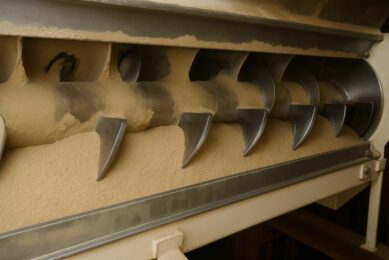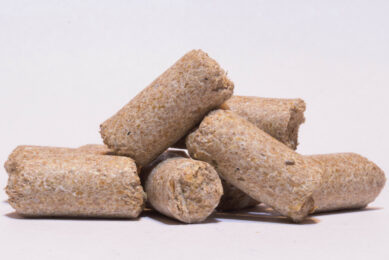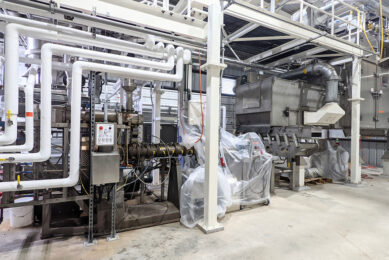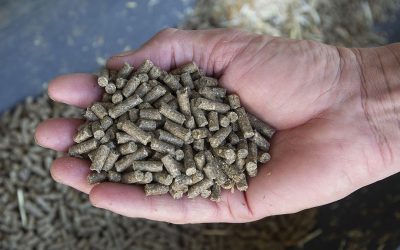Impact of pelleting on lamb performance and profitability
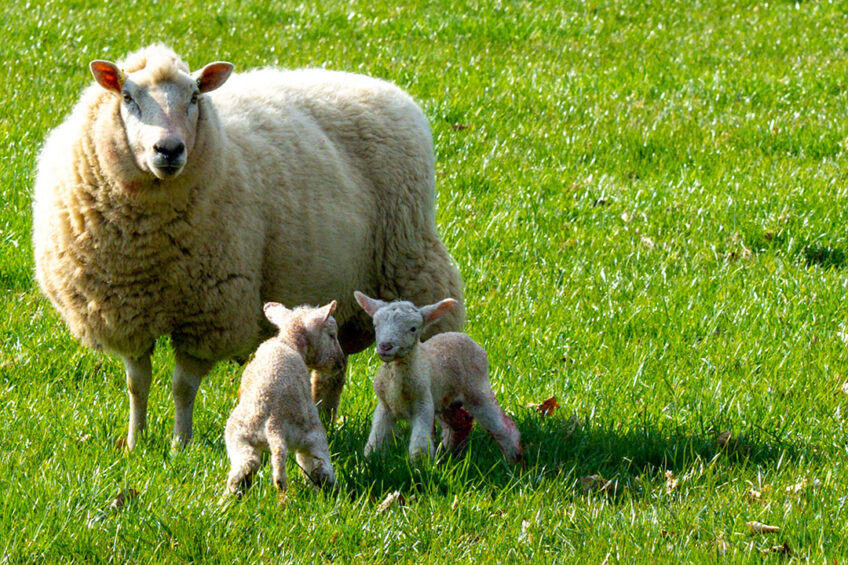
Over the last few decades, livestock production intensification has significantly increased due to population growth and an increasing global demand for food of animal origin. Small ruminants such as sheep and goats are becoming a major alternative to cattle for diversified small farm enterprises.
There are several advantages of small ruminants including small body size, being easy to handle, higher prolificacy, shorter gestation length, and earlier maturity compared to cattle.
Feed is the single largest cost in the lamb production
Currently the global sheep population is around 1.2 billion head of sheep, and lamb is one of the most stable livestock products consumed worldwide. Feed is the single largest cost in the lamb production and feed processing is a key factor with direct and drastic consequence on sheep farm profitability. Therefore, there is a need for a better understanding of the feed processing impacts on lamb performance and profitability.
What is feed processing?
Feed processing is described as procedures of changing the physical and/or chemical nature of feed commodities to enhance the consumption by animals and to augment mixing and stability of the diet. Feed processing includes grinding, rolling, pelleting, tempering, and steam rolling or steam flaking.
Pelleting
Pelleting is an example of feed processing which converts finely ground mash feed into dense, free flowing pellets or capsules to prevent ingredient segregation, to ensure that feed composition remains constant, to reduce wastage, and to guarantee a balanced supply of nutrients throughout the feeding period.
Origins of pelleting:
Pelleting was introduced to the feed industry in the 1920s and ground hay was pelleted in the 1950s and 1960s to improve its feeding value for ruminants.
Advantages of pelleting:
Decreases the risk of infestations by insects and moulds,
Kills harmful bacteria such as Salmonella and Escherichia coli,
Preserves vitamin A potency, and
Prevents disintegration of nutrients after the feed is mixed.
Pelleting increases the density,
Decreases storage and transportation cost,
Improves growth performance and feed conversion ratio in ruminants,
Increases palatability and digestibility,
Reduces the volume of the material, and lowers material losses to the environment.
Downside of pelleting:
The additional cost for equipment with high energy demand such as bins, mixing equipment, pellet presses, and coolers.
Moreover, in ruminants, grinding of concentrates increases ruminal degradation rate of starch and thus the risk of rumen acidosis which in turn lead to a lower dry matter intake, average daily gain, feed conversion ratio, and profitability.
What are the impacts of altering particle size?
Decrease in grinding particle size increases rumen fermentation, alters feeding behaviour, leads to a more volatile ruminal pH, and enhances the risk of acidosis. Research showed that lambs fed coarser diets are more efficient with less residual feed intake, and higher levels of intramuscular fat and saturated fatty acids. Reduction in particle size of the grain increases the surface area available for microbial attachment and colonization and escalates the rate and extent of starch digestion.
Is pellet quality significantly important?
Pellet quality is defined as the pellet’s resistance to disintegration and scarping during processing without dispersing. Finer grind which increases gelatinization during conditioning is the sign of better pellet quality. Furthermore, pellet durability index which is the percentage of pellets that remains intact after being processed by mechanical forces affects pellet quality, as well. Fine particles cause nutritional imbalance in feed chemical composition and negatively impact animal performance. High quality pellets result in homogenous feed, reduced wastage and segregation, improved palatability, increased feed intake, improved performance, and spending less time for feed consumption.
Impacts of pelleting roughages in the diet
Roughage is a necessary part of ruminant diet which makes the rations acceptable to the animals, to maintain proper rumen function and to prevent digestive disorders.
Lambs fed the pelleted diet have greater dry matter intake and faster weight gain compared to those fed an unpelleted ration.
Pelleted lucerne hay vs Chopped lucerne hay:
Studies determined that the growth rate of pre-weaned lambs increases by 146% when their mothers receive pelleted lucerne hay compared to chopped lucerne hay. Grounded lucerne allows higher dry matter intake of crude protein, starch and neutral detergent fibre, and higher growth rate compared to chopped lucerne.
Pelleting poor-quality roughage and low-energy diets:
reduces forage particle size,
increases dry matter intake,
decreases digestibility and retention time of solids in the rumen,
forces the lambs to constantly eat the grain,
increases the fractional turnover rate of ruminal dry matter; thus, improves performance and carcass characteristics
Impacts of pelleting low and high nutrient density diets
Pelleting low nutrient density diets has a significant favourable effect on lamb feedlot performance; however, pelleting high nutrient density diets decreases feed particle size, increases the surface area, and enhances the risk of acidosis. Pelleting the concentrate portion results in a depression in dry matter intake and a higher incidence of rumen parakeratosis. Pelleting the cereal grains for lambs is detrimental to growth rate and feed conversion efficiency. However, pelleted-barley diets result in higher average daily gain and dry matter intake in lambs compared to grounded barley and lambs fed grounded maize have significantly higher average daily gain compared with lambs fed whole maize. Research has shown that whole grain feeding of lambs improves feed efficiency, increases average daily gain, and decreases overall feed costs per kilogram of gain.
Concluding remarks
Feed processing and pelleting can have either a negative or positive influence on subsequent lamb performance and can certainly affect the profitability of a sheep farm. Pellet particle size affects rumen fermentation, feeding behaviour, the risk of acidosis, gut microbiota, and digestibility. Pellet quality impacts animal performance, wastage and segregation, palatability, feed intake, and performance. Pelleting roughage diets have positive effects on production performance and carcass characteristics. In addition, pelleting low density diets has a significant favourable effect on lamb feedlot performance; however, pelleting high nutrient density diets might have no influence or even negatively affects production performance and profitability. Pelleting of complete diets is still uncommon in most ruminant production systems; thus, further research is required to investigate the interaction between feed processing and nutrient density and the effects on production and economy of feedlot lambs.
Source: Stellenbosch University




